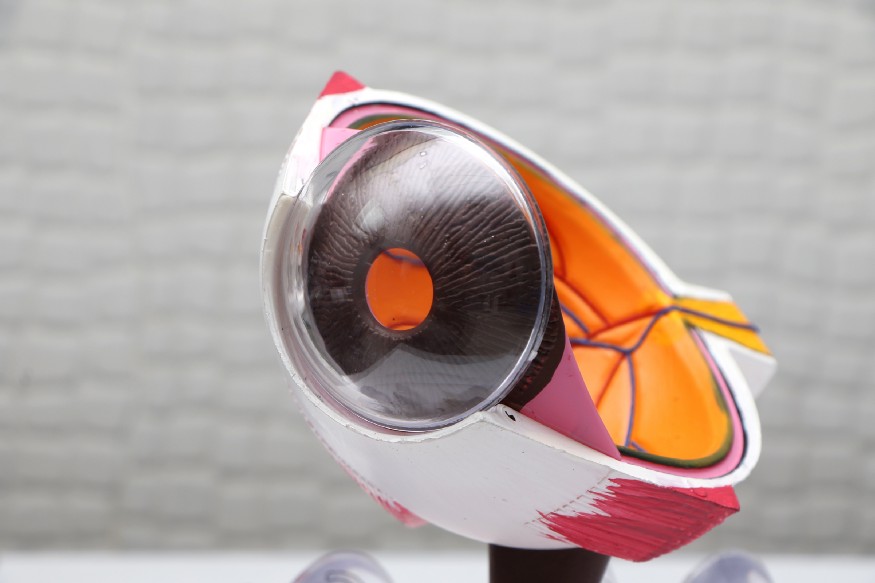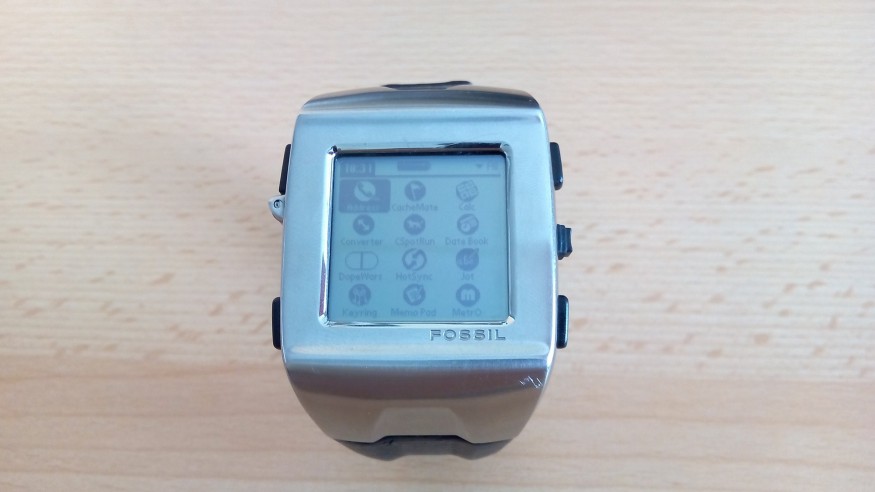Google became Alphabet in 2015. The goal of this rebranding was to diversify Google’s activities in other fields. Google is now a branch of Alphabet composed of the search engine, Android, Youtube, and Google ads. It is the money maker for the other companies of Alphabet that focus mainly on research and future technologies.
One of these companies is called Google X and focuses on “major technological advancement”. Breakthrough technologies are being made right now by inventors, entrepreneurs, and engineers in a lab located in Mountain View, California.
Google X is described as a semi-secret research and development facility. Projects are kept secret to give freedom to people working on them. Projects are revealed only after a design was found and that technological innovations are working well.
Some products that were made public are :
- Waymo, a self-driving car project started in 2009 that operate at the highest level of autonomy on some designated roads for about 5 years
- Loon, balloons floating near space that should provide internet in underdeveloped countries
- Verily, wearable devices such as contact lens that should give medical information to doctors
These concepts, these products are the result of a mindset that X doesn’t hide and consists of ten points.

Aim for 10X, not 10%
The point of this advice is to motivate people in doing things. It’s much more fun to work to disrupt something than it is to barely improve it. When working on a problem, people need to aim for a solution that is 10 times better in every possible way. We tend to limit ourselves due to budget limitations or technical difficulties. Projects evolve slowly and companies improve one thing at a time making things 10% better at best.
Our very society always reminds us to be patient, to play safe, and not to dream too much. But in an ideation phase, nothing should limit creativity. Google X may work on moonshot projects impacting billions of lives, but this piece of advice can apply to any project. Dream big, technical solutions will come sooner or later.

Fall in love with the problem
The key to bringing great products is to understand the problem they must solve. Every design methodology insists on this point, investigating a problem, or a situation is key. The thing is that most methodologies don’t explain how to understand problems. For instance, the constraints linked to users’ needs are often forgotten by designers. Not every solution can correctly answer what people need and want.

Make contact with the real world early
Ideas are made in offices or laboratories but must be confronted in the real world as soon as possible. Data comes from the field. Qualitative and quantitative data collected directly from end-users allows us to detect issues in our design that we couldn’t imagine. The world is a mess, people act randomly, and external factors will impact products.
In the S60s’ French ergonomics decided to study workers inside factories by following them and asking them why they were doing things one way or another. The result was that health conditions increased drastically because the solutions proposed by ergonomics were adapted to actual work, not the theoretical work engineers were basing their ideas off
Fuel creativity with diverse teams
The impact of culture on design is an important topic and a major issue for companies. Having cross-cultural teams allows to challenge ideas with fresh points of view and go one step further
Tackle the monkey first
When working on something, you must start with the hardest points. Beginning with what’s easy to solve will give the impression that the project is doing well even if it isn’t viable.
The metaphor behind is the following: if you were asked to train a monkey to stand on a pedestal and recite Shakespeare, where would you start? Building the pedestal is the easiest part but training the monkey is the vital task

Embrace failure aka learning
People know that failure is learning. It has become a cliché.
But this point must go one step forward. Failure must become psychologically acceptable, it must be celebrated, laugh about, and debriefed to come up with better solutions one step at a time
Failing means that we tried; people who never fail are the ones that do nothing.
The director of the museum of failure once said in an interview that the companies that aren’t represented in his museum should be ashamed because innovation needs failure.

Become a chaos pilot
The world is random, things are out of control. To create a great product, we must embrace this uncertainty and work with it. Projects will be impacted by external factors. People might quit, politics might influence for bad or good, and the whole building can be on fire one day.
Being a chaos pilot means that you must be able to continue your journey whatever happens. This is the basis of agile mindsets like SCRUM. Being agile means adapting to new circumstances to get the best outcome possible

Learn to love V.0 crap
Product design must aim for awesome stuff, but when it comes to making stuff reality hits hard.
When concretizing ideas, the first version, the prototype will be shitty, but it is the first step to great stuff.
The reach-the-star mindset that Google X promotes doesn’t mean that they immediately get results. The iterative process must still take place and it all starts with an MVP that will show the difficult part of a project and help think about how to solve them.

Shift your perspectives
We are all biased. Our history and our experiences have shaped ourselves and our way to think and handling problems. Being conscious of this limit is the first step to shifting perspectives.
The example of affordance is great to illustrate this point. When seeing a chair, people immediately understand what they can do with it, the first thing being to sit. Other uses come to mind like stepping on the chair to reach high, but it’s hard to imagine new uses for such an everyday tool. Turning the chair upside down breaks the simple affordance and forces us to imagine new ways to interact with this object.
Problems must be handled like a chair. By switching the goals, by thinking of the point of view of new users, or by finding the worst possible solution to that problem.

Take the long view
A solution to a problem must last the longest time possible. By setting a goal and creating an innovative solution, designers must think about the future, and how their solution will evolve in a hundred years.
Thinking short-term is good for business but not for product design. The business side can be handled by selling beta products or intermediary products made in the iterative process.
As Shigeru Myamoto, the creator of the Mario and Zelda franchise said :
“A delayed game is eventually good, but a rushed game is forever bad”. The same can be said for any product.
Thinking long term, not worrying about failure and every other piece of advice is easy to give when you are working for one of the richest companies in the world, but it is a general mindset that everyone can follow, specifically in UX and product design.

